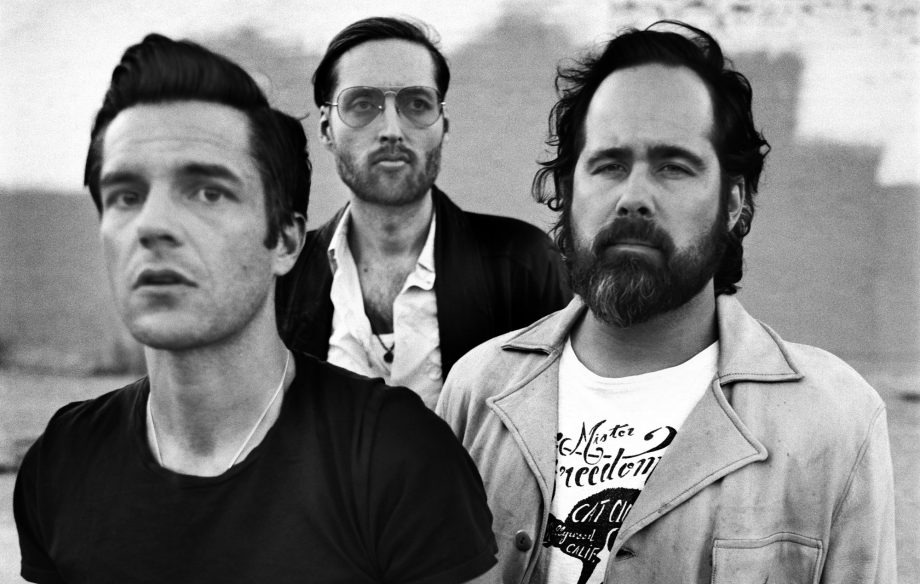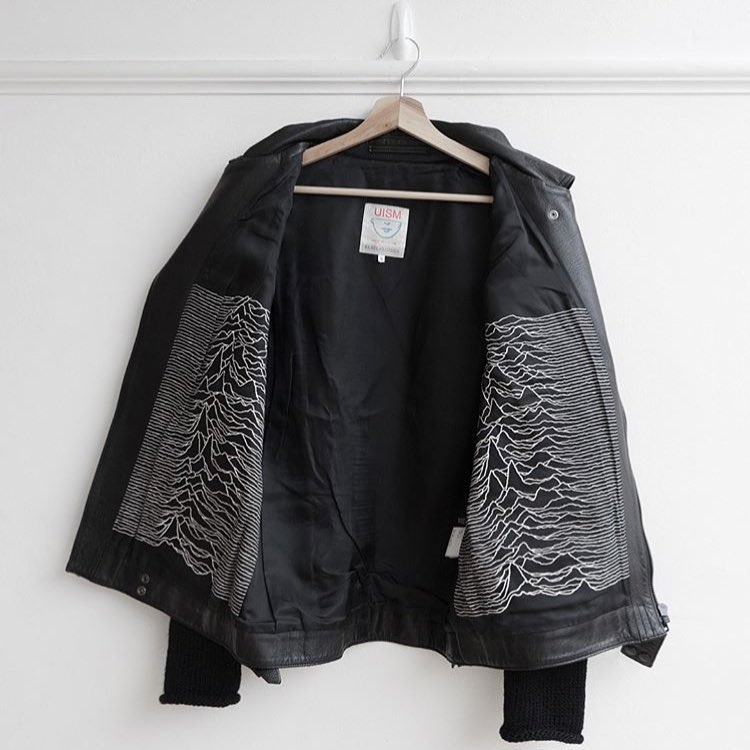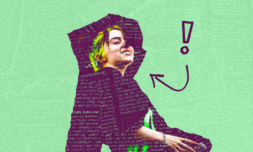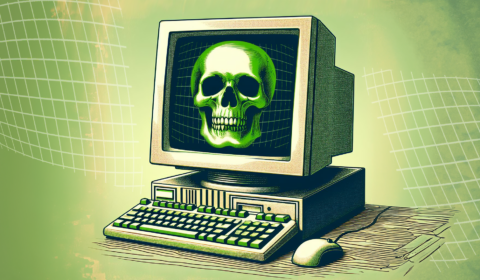This week, Joy Division are set to re-enter the charts on the 40th anniversary of their landmark album ‘Unknown Pleasures’. How did Ian Curtis’ heavy art-rock band change the face of music and fashion forever?
Joy Division’s legacy is of the calibre that few musical acts ever get to experience. The artwork, imagery, and gloomy sound of Unknown Pleasures exist as iconic cultural touchstones, transcending just the musical world. You’ve probably seen the bumpy, crackling line graphics of the album cover printed across T-Shirts, bags, posters, and festival merchandise before. It has become a universally recognised design.
Considering that hefty legacy, Joy Division’s existence was fleeting. The band enjoyed four years of activity before Ian Curtis committed suicide in 1980 at the age of 23. They had only two albums, released within two years, neither of which were commercially successful.
Those bodies of work helped to usher in a new era of dark, introspective, post-punk music the likes of which inspired acts such as The Cure, Radiohead, Interpol, and Bloc Party, amongst others. While they initially didn’t reach the mainstream heights of their contemporaries, Joy Division’s cultural influence slowly seeped into the public consciousness and remains rock solid.
To celebrate the anniversary of such an important album, I take a look back at how Joy Division’s ‘Unknown Pleasures’ came into existence, and how it created artistic ripples that can still be felt today. Time to get clued up on trendy music for the next time you’re at a festival and want to sound smart.
How was ‘Unknown Pleasures’ made?
The construction of Joy Division’s debut has been well documented, with countless books, biopics, and even big-budget Hollywood films tackling the subject head on. Recording and mixing sessions took place at Strawberry Studios in Stockport over three weekends during April of 1979.
You can’t mention the four band mates without giving credit to producer Martin Hannett, either, who incorporated several unconventional production techniques to create the submerged and atmospherically bleak sound of the album.
These included digital delays, tape echoes, and samples of real-world sounds such as backwards guitars, bottles smashing, and the crunching of crisps. Hannett even made drummer Stephen Morris record himself spraying cleaning fluid for the single She’s Lost Control.
Hannett believed that punk rock’s avoidance of diverse studio techniques and its traditionalist tendencies were holding the genre back. Through his emphasis on immersion and spatial awareness, Hannett’s work can be considered just as influential as the band themselves. Without his input it’s likely the distinctive, moody atmosphere of the album would not exist. ‘Unknown Pleasures’ would go on to be released on the 15th June 1979, with the band members split on their opinions of the distinctive production.
Luckily it seems to have worked out in the long run.
What do others say about Joy Division and their influence?
While the band are usually described as post-punk, their influence encompasses more than just guitars. When speaking to The Guardian famed electronic producer Moby praised Joy Division’s melding of traditional instruments with synthesisers and drum machines, citing a ‘combination of beauty and brutality’ as one reason for their legacy.
Dave Keuning from The Killers, meanwhile, gave notice of the ‘angular guitar playing’ that offers up a uniquely ‘rough’ and ‘stark’ aesthetic. He gave them credit for The Killers’ sound, describing Joy Division’s influence as ‘all over’ their records.
Imitation is the highest form of flattery, after all.






















